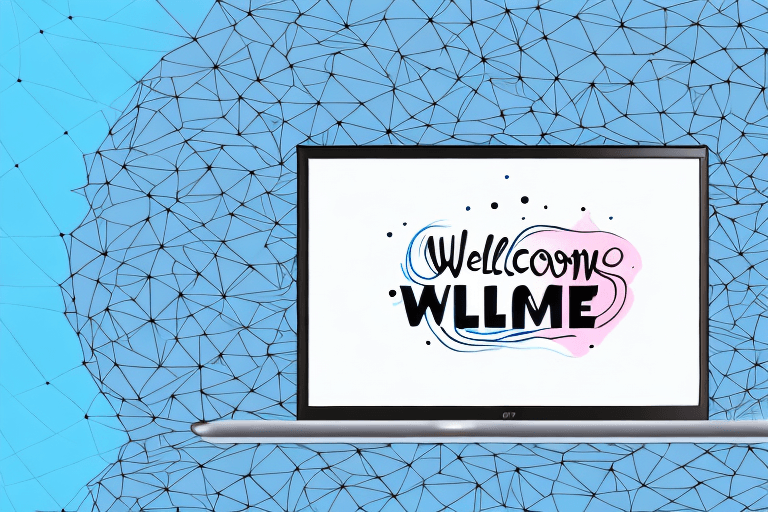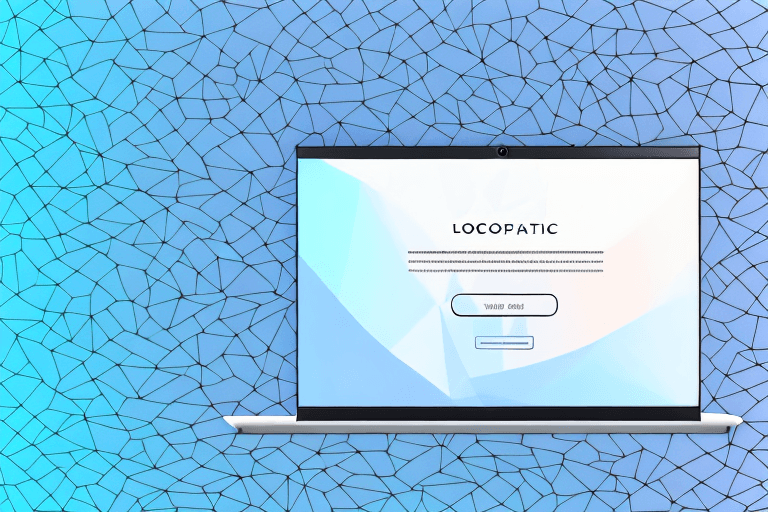Email is one of the leading channels that businesses use to communicate with their customers. An onboarding email is a crucial part of a business's welcome strategy to their new users. In this article, we will examine the importance of onboarding emails, the key components of an effective email, how to craft the perfect subject line, and the timing and frequency of these emails.
Understanding the Importance of Onboarding Emails
An onboarding email is usually the first direct interaction that a new user has with your brand. The welcome email serves as an opportunity to make a positive first impression and begin to build a relationship with the user. These emails are vital in establishing trust between you and your new users, and they play a significant role in customer retention.
The role of onboarding emails in customer retention
Research shows that onboarding emails are one of the most effective ways of increasing customer retention. These emails set the stage for future communication, as they introduce your brand, your products and services, and the benefits of your offerings. By providing relevant, engaging content, you can establish a connection with the user and eventually convert them into loyal customers.
Onboarding emails can also be used to gather important information about your new users. By including a survey or questionnaire in your welcome email, you can gain valuable insights into their preferences, needs, and expectations. This information can then be used to tailor future communication and provide a more personalized experience for the user.
First impressions matter: Setting the tone for future communication
The initial impression that a new user has of your brand can make or break your relationship. An effective onboarding email provides clear messaging, personalization, and visually appealing design to attract the user's attention and keep them engaged with your brand. By doing so, you have the opportunity to set the tone for future communication and demonstrate the value your brand provides.
In addition to providing information about your brand and offerings, onboarding emails can also be used to provide helpful resources and tips for the user. For example, if you offer a software product, you could include a video tutorial or a link to a knowledge base article to help the user get started. Providing these resources not only helps the user get the most out of your product, but it also demonstrates your commitment to their success.
Another way to make a positive first impression is to offer a special promotion or discount in your welcome email. This not only incentivizes the user to make a purchase, but it also shows that you value their business and are willing to provide them with exclusive deals.
Overall, onboarding emails are a crucial component of any successful customer retention strategy. By providing engaging content, personalization, and helpful resources, you can establish a connection with your new users and set the stage for a long and fruitful relationship.
Key Components of an Effective Onboarding Email
Personalization: Making your new user feel welcome
Personalization is key when designing an onboarding email. Personalization shows that you care about your users and want to make them feel welcome. Addressing the user by their name and mentioning their sign-up date is a simple yet effective way of adding a personal touch to the email. Segmenting your users based on interests or demographics can also increase engagement.
For example, if your user signed up for a cooking website, you could personalize the email by mentioning their favorite type of cuisine or cooking style. This will make the user feel seen and understood, increasing the likelihood of them engaging with your content.
Clear and concise messaging: Less is more
Clear and concise messaging is vital in effective onboarding emails. Your users have limited attention spans, and you want to get them hooked with your message quickly. Keep your messaging simple and focused on the user's needs and interests. Avoid jargon and complicated terminology. Use bullet points and images to break up the text and make it easier to read and digest.
For instance, if you are designing an onboarding email for a fitness app, you could use bullet points to highlight the benefits of using the app, such as "Track your progress," "Get personalized workout plans," and "Connect with a community of fitness enthusiasts."
Visually appealing design: Catch their eye
The visual aspect of an onboarding email is just as crucial as the messaging. A visually appealing design can capture the user's attention and make them more likely to engage with your content. Use contrasting color schemes, bold headlines, and high-quality images to make your email stand out. Always ensure that your design complements your brand identity and is consistent across all touchpoints.
For example, if you are designing an onboarding email for a fashion e-commerce website, you could use high-quality images of your latest collection and use contrasting colors to make the images pop. This will make the email visually appealing and increase the likelihood of the user clicking through to your website.
A strong call-to-action: Encourage engagement
A strong call-to-action (CTA) is vital in the success of an onboarding email. A CTA encourages the user to take action and engage with your brand further. The CTA should be clear, concise, and visible. Use action-oriented language such as "Sign up now" or "Learn more" to persuade the user to take action. Avoid using multiple CTAs, as this can overwhelm the user and decrease engagement.
For instance, if you are designing an onboarding email for a music streaming app, you could use a clear and concise CTA such as "Start listening now" or "Get your free trial." This will encourage the user to engage with the app and increase the likelihood of them becoming a paying customer.
Crafting the Perfect Subject Line
The power of curiosity: Pique their interest
The subject line is the first thing that a user sees when they receive your email. It is the gateway to your content, and a compelling subject line is vital in catching the user's attention and encouraging them to open the email. But how do you craft the perfect subject line?
One strategy is to use curiosity to your advantage. Ask a thought-provoking question or tease the contents of the email. For example, if you are promoting a new product, you could use a subject line like "Ready to change your life?" or "Are you ready for something new?" These subject lines create intrigue and encourage the user to open the email to find out more.
However, it is important to be creative without overpromising. If your subject line promises something that your email doesn't deliver, it can lead to disappointment and a decrease in engagement. So, make sure your subject line accurately reflects the contents of your email.
Personalization in subject lines: Stand out in the inbox
Personalization is essential when communicating with your users. It shows that you value them as individuals and not just as a part of your email list. Personalizing the subject line can increase open rates and make your emails stand out in the inbox.
One way to personalize your subject line is by using the user's name. For example, "John, check out our new product" or "Jane, we have a special offer for you." This creates a sense of familiarity and makes the user feel valued. You can also mention their interests or previous purchases to catch their attention.
However, it is important to keep in mind that using the same subject line for all users may lead to your emails being marked as spam. So, make sure you are using personalization in a way that is relevant and valuable to each individual user.
Keep it short and sweet: Optimize for mobile devices
Did you know that over 50% of emails are opened on mobile devices? That's why mobile optimization is essential in today's digital landscape. Your subject line should be short and sweet, as many users read their emails on the go.
Use mobile-responsive design and test your emails on different devices to ensure that they look great on all screens. A well-optimized subject line can increase user engagement and encourage them to open your email.
In conclusion, crafting the perfect subject line requires creativity, personalization, and optimization. Use curiosity to pique the user's interest, personalize the subject line to stand out in the inbox, and keep it short and sweet to optimize for mobile devices. By following these tips, you can create subject lines that are engaging, relevant, and valuable to your users.
Timing and Frequency of Onboarding Emails
The welcome email: Strike while the iron is hot
The welcome email should be sent out immediately after a user signs up for your service or subscribes to your newsletter. This is the perfect time to introduce your brand and make a positive first impression. The welcome email should be short and sweet, with a clear CTA.
Drip campaigns: Nurture your new users over time
Drip campaigns involve sending a series of emails over time to educate and engage with your users. These emails should be planned to coincide with the user's onboarding journey. The emails should provide value, such as tutorials or product information, and encourage the user to take action. The frequency of these emails should be strategically planned to avoid overwhelming the user and decrease engagement.
Finding the right balance: Avoid overwhelming your audience
It is essential to find the right balance when sending onboarding emails. Avoid overwhelming your users with too many emails, as this can lead to unsubscribes or a decrease in engagement. Use segmentation and personalization to target the right users at the right time. Regularly review your email campaign's performance and adjust the timing and frequency of your emails accordingly.
Conclusion
An effective onboarding email is vital in building a long-lasting relationship with your users. By understanding the importance of onboarding emails, focusing on personalization, keeping your messaging clear and concise, creating visually appealing designs, crafting the perfect subject line, and finding the right balance in your email frequency, you can create an onboarding email campaign that engages users and turns them into loyal customers.




